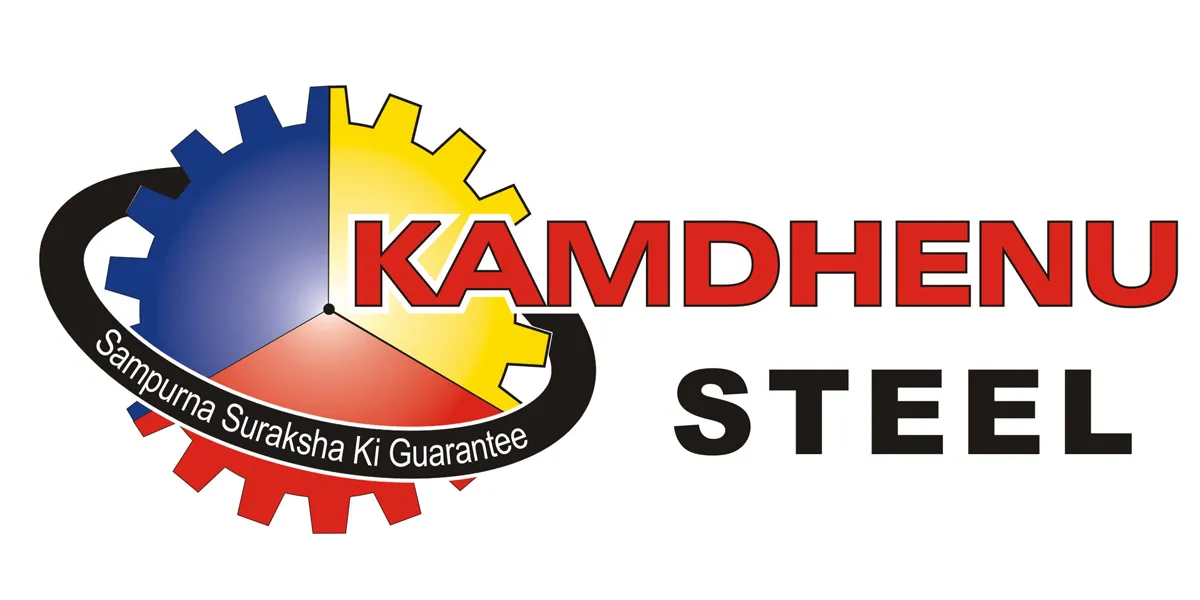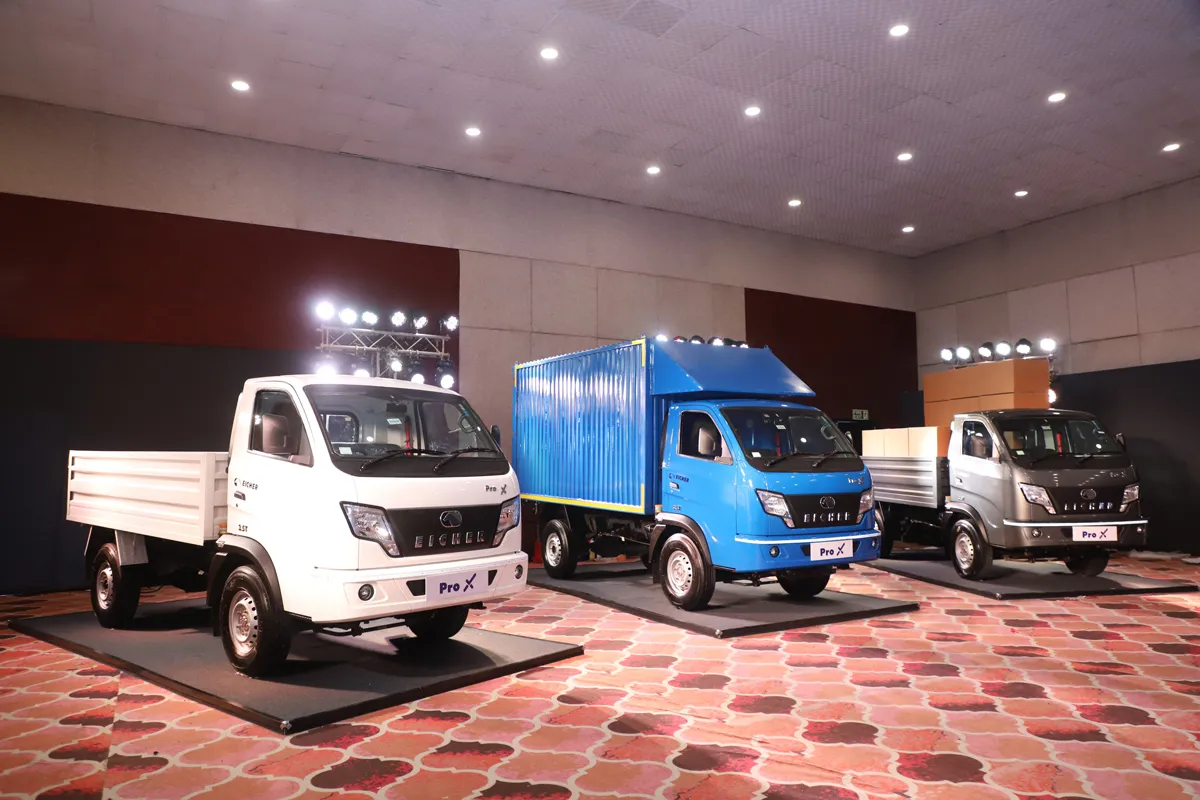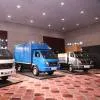
RUMSL invites bids for 300 MW floating solar projects

Kamdhenu Reports Highest-Ever Profitability in H1 FY26
Kamdhenu, India’s largest manufacturer and seller of branded TMT Bars in the retail segment, announced its unaudited financial results for the quarter and half year ended 30 September 2025. The company delivered its strongest profitability to date, driven by higher royalty income and continued cost optimization.During Q2 FY26, Kamdhenu reported revenue from operations of Rs 1.91 billion, a marginal increase from Rs 1.90 billion in Q2 FY25, while profit before tax rose 23 per cent to Rs 250.7 million. The PBT margin improved to 13.5 per cent, compared to 11.0 per cent in the same period last ..

Ester–Loop JV to Supply Sustainable Materials to Nike
Loop Industries, a clean technology company advancing the circular economy, has announced a multi-year offtake agreement with NIKE, Inc., the global leader in athletic footwear and apparel. Under the agreement, Loop will supply Twist, its virgin-quality circular polyester resin made entirely from textile waste, making Nike the anchor customer for the upcoming Infinite Loop India manufacturing facility being developed in partnership with Ester Industries.The agreement marks a significant milestone in Loop’s commercialisation strategy and underscores Nike’s commitment to scaling sustainable ..

Eicher Launches Pro X Diesel Range for Last-Mile Logistics
Eicher Trucks and Buses, a division of VE Commercial Vehicles (VECV), has launched the Eicher Pro X Diesel, expanding its next-generation portfolio in the 2–3.5T small commercial vehicle (SCV) segment. Following the debut of the Eicher Pro X EV at the Bharat Mobility Global Expo earlier this year, the new diesel variant combines Eicher’s expertise in fuel efficiency, performance, and application-specific design, catering to customers and regions reliant on diesel-powered solutions.Built through extensive customer collaboration, the new Pro X Diesel range is positioned as an “Expert” so..
















